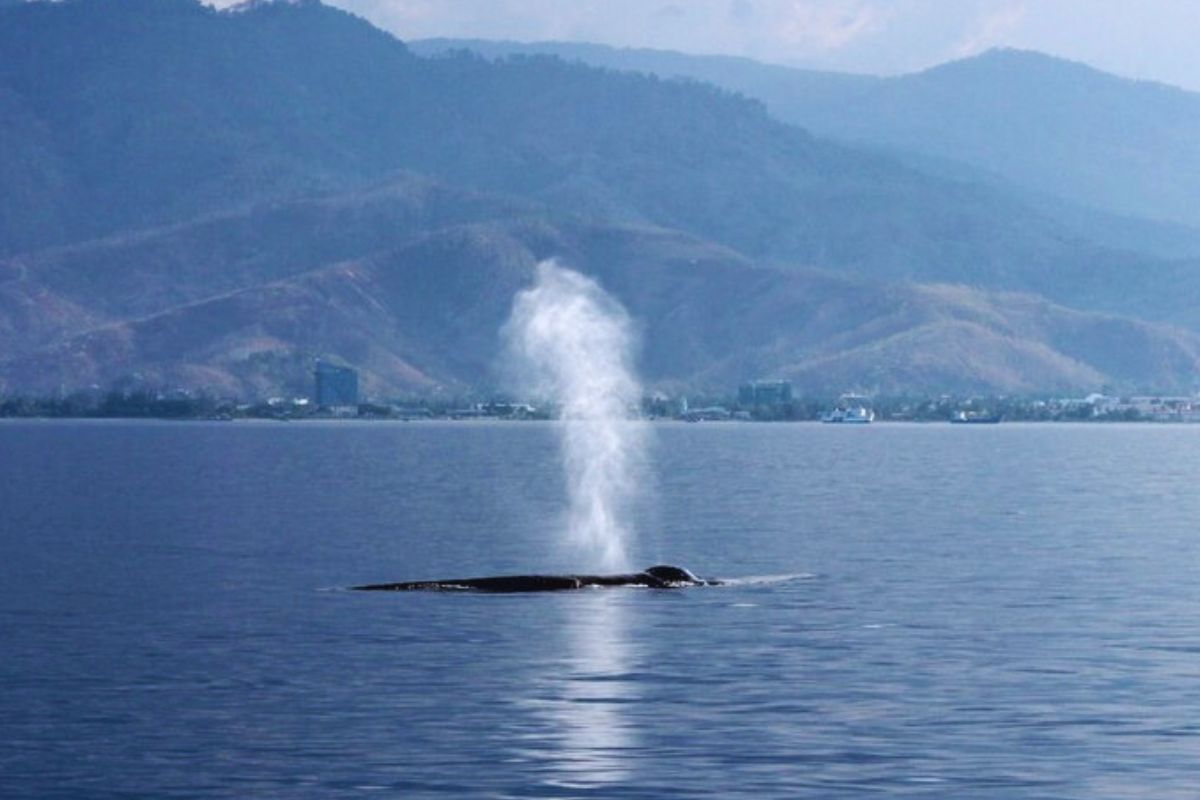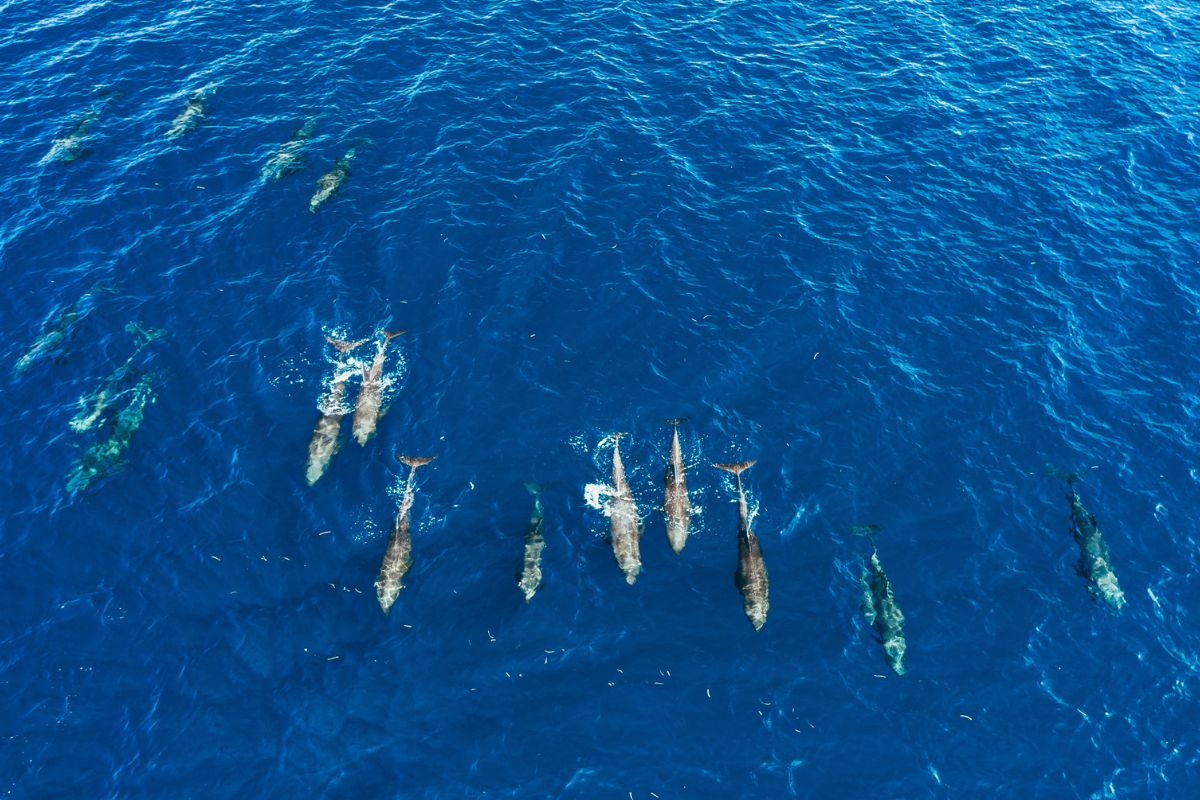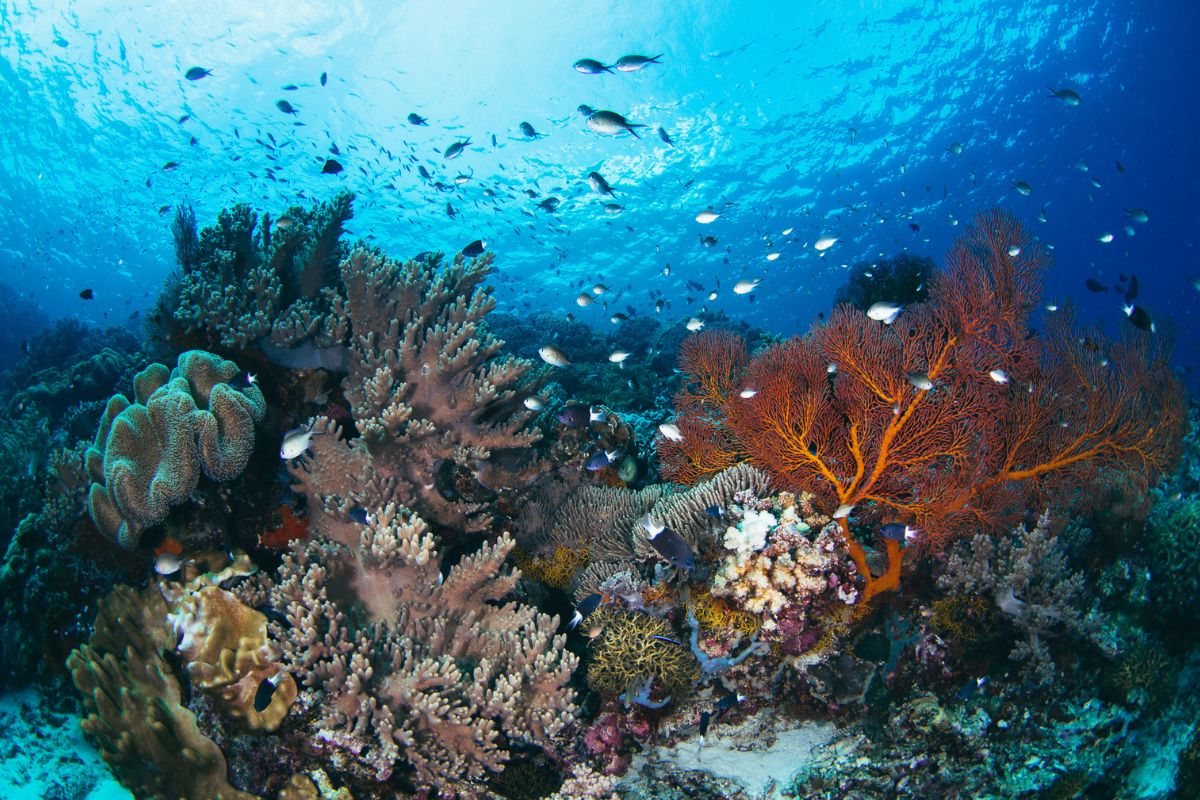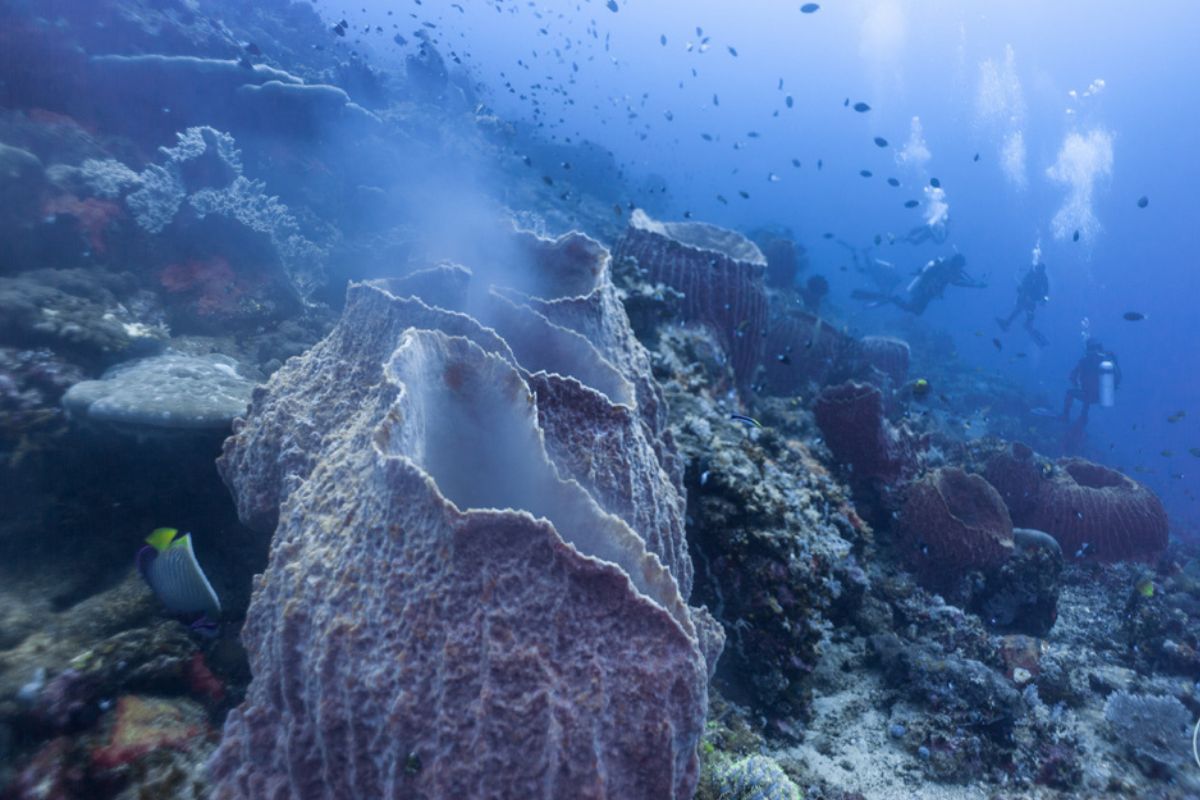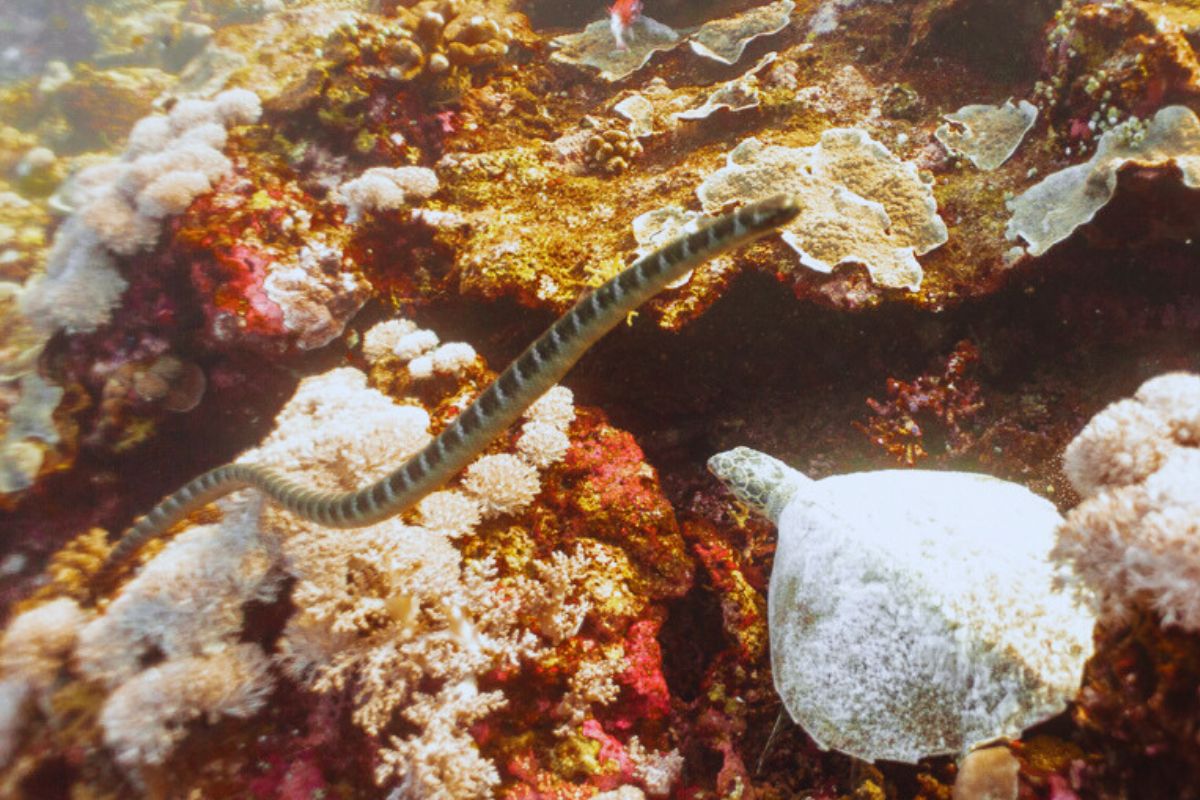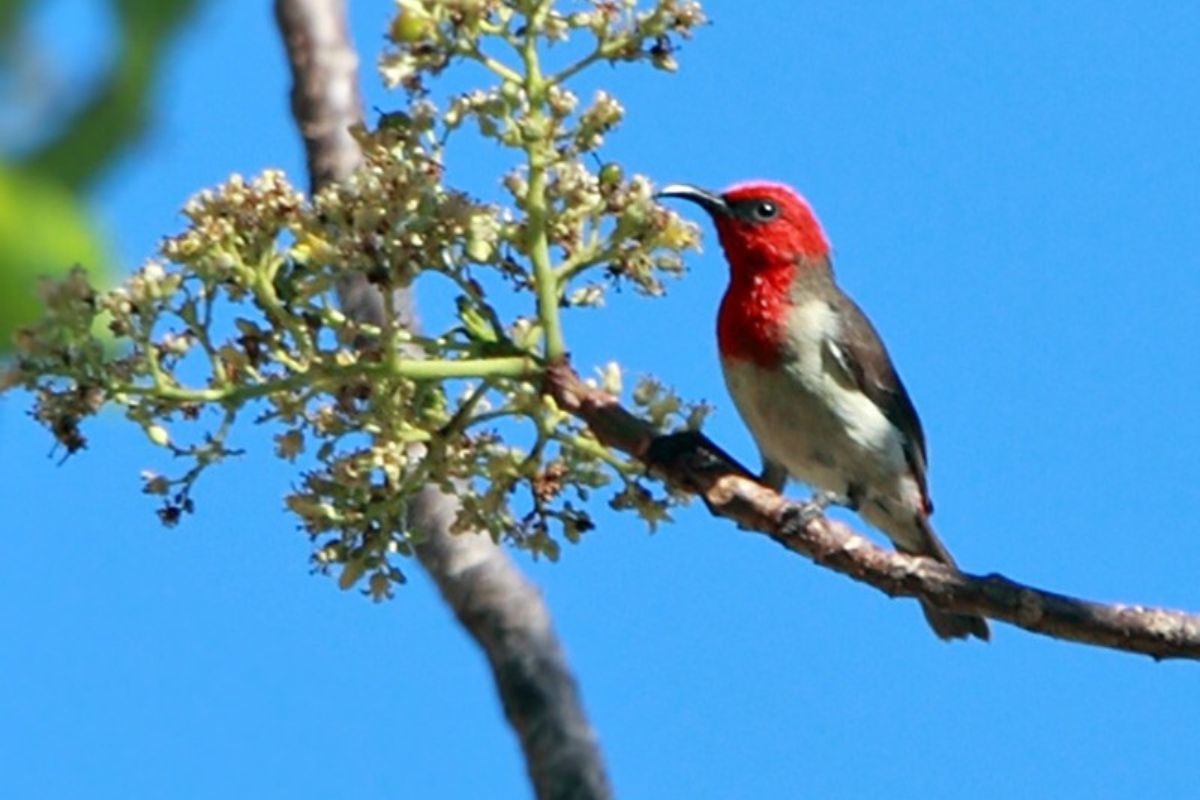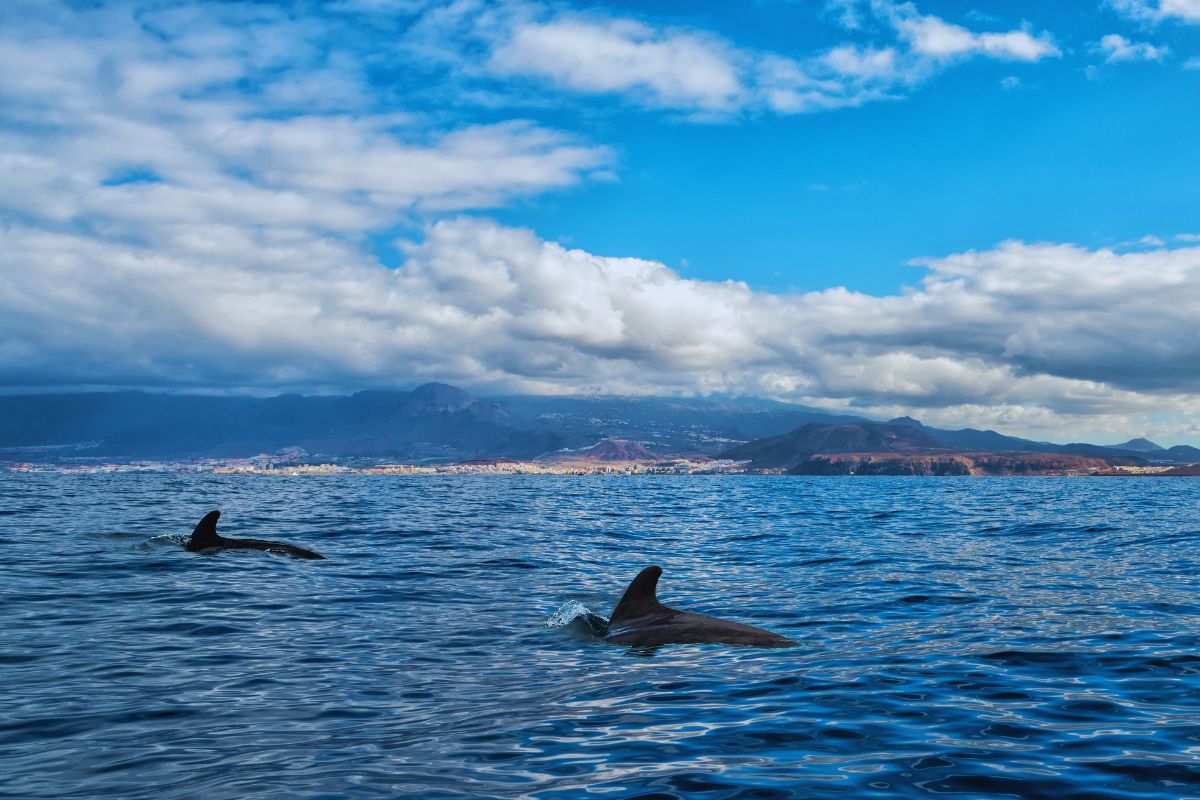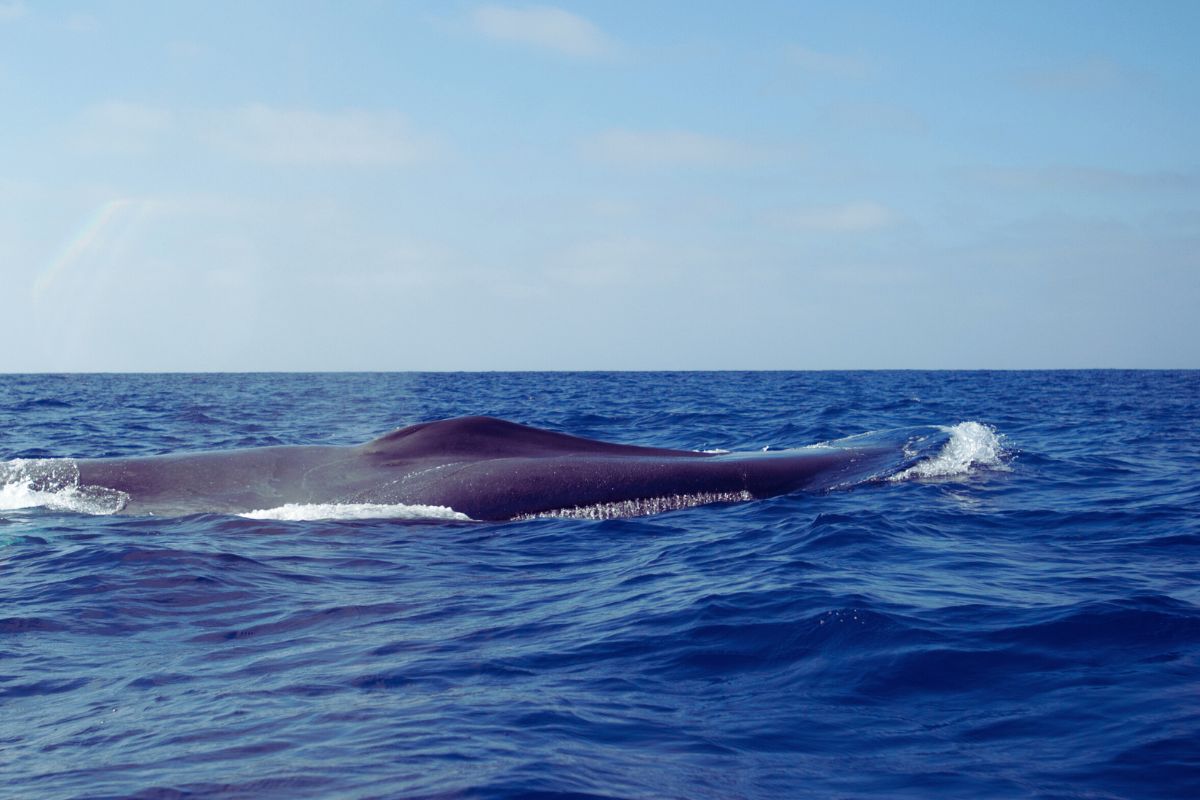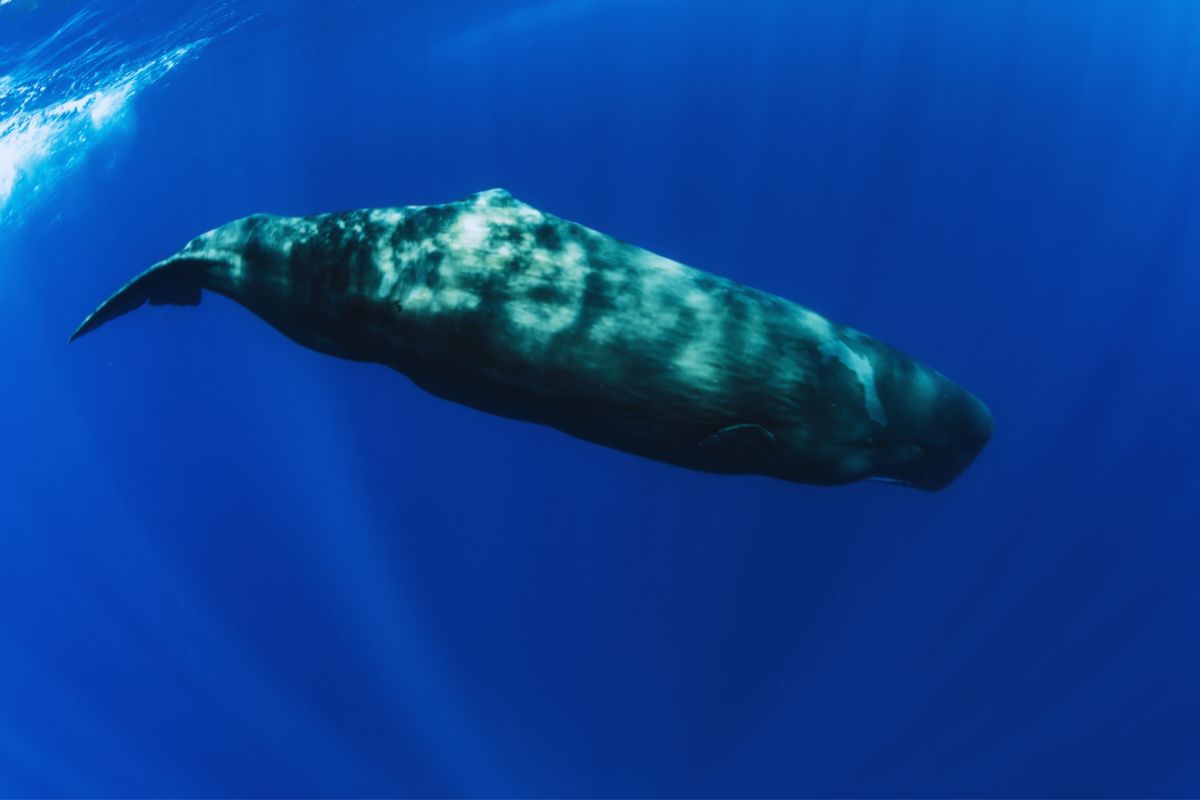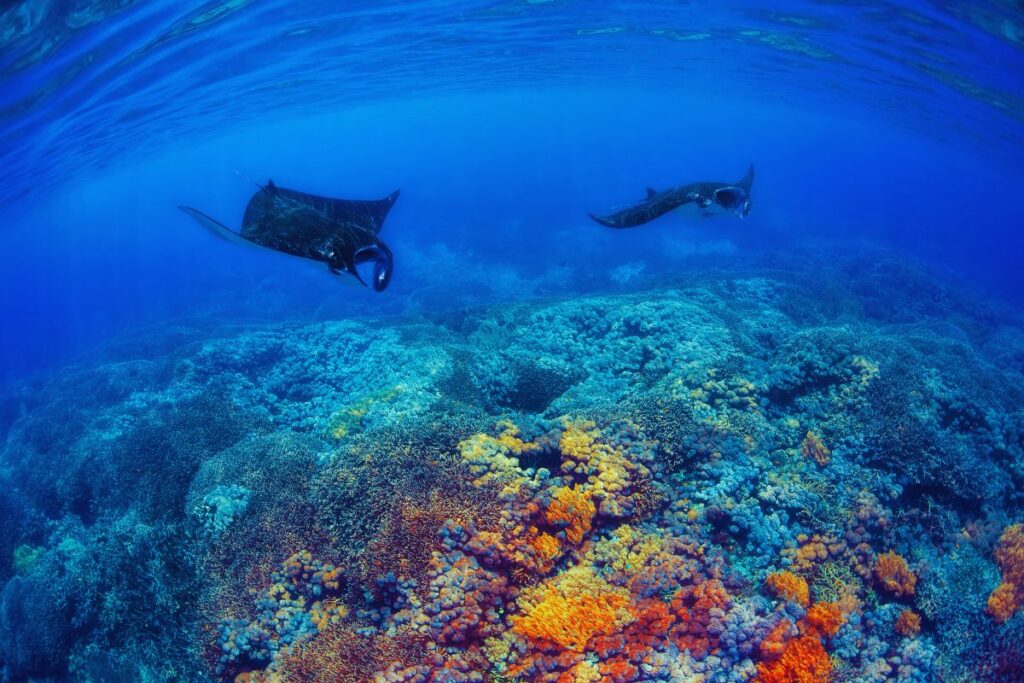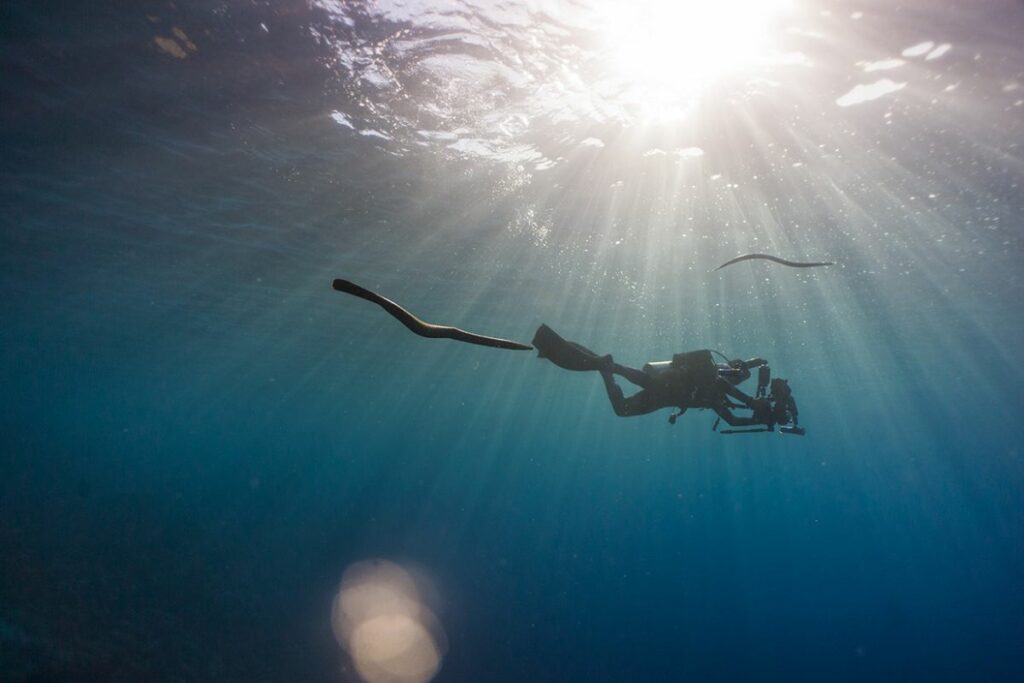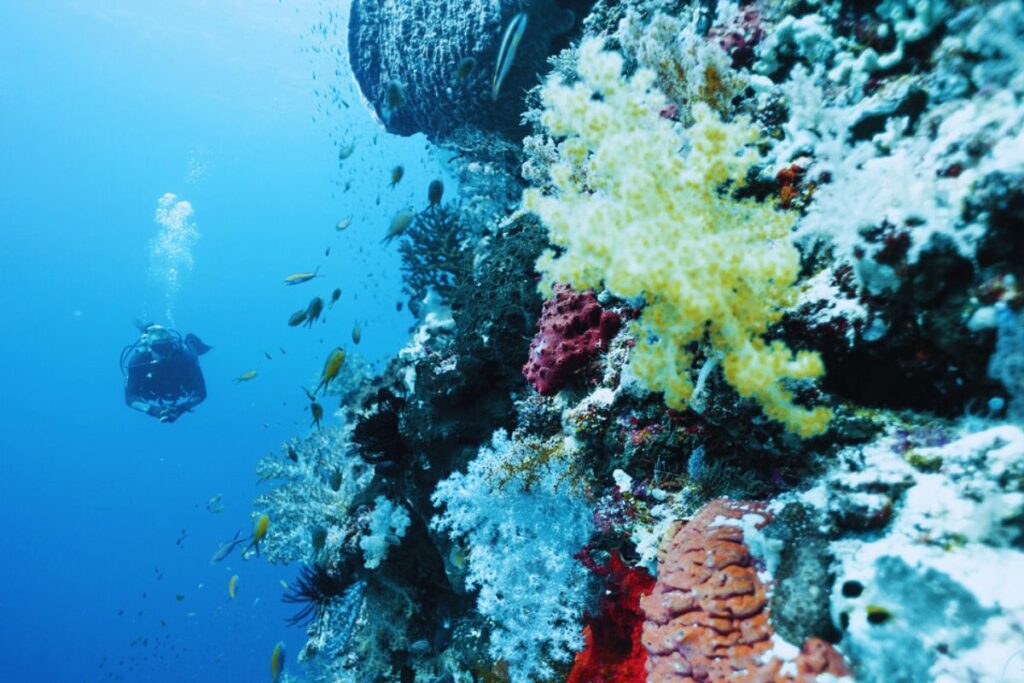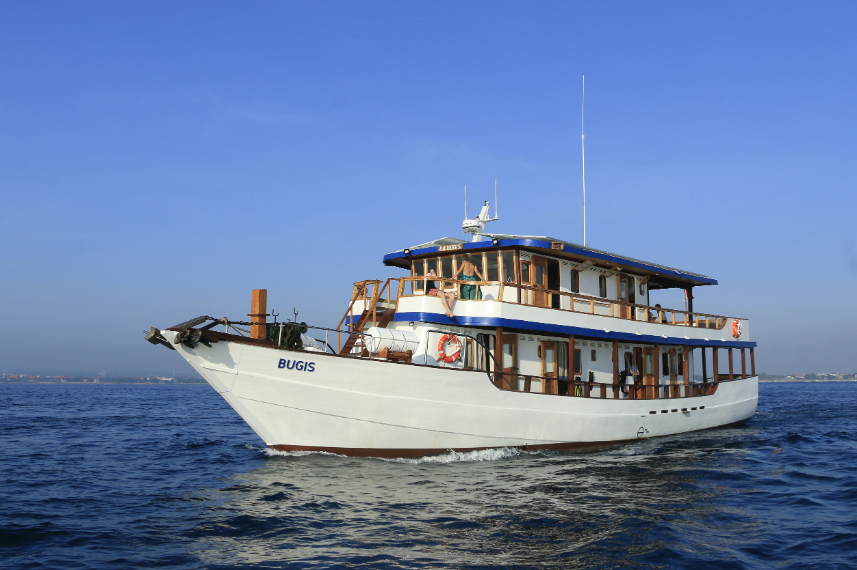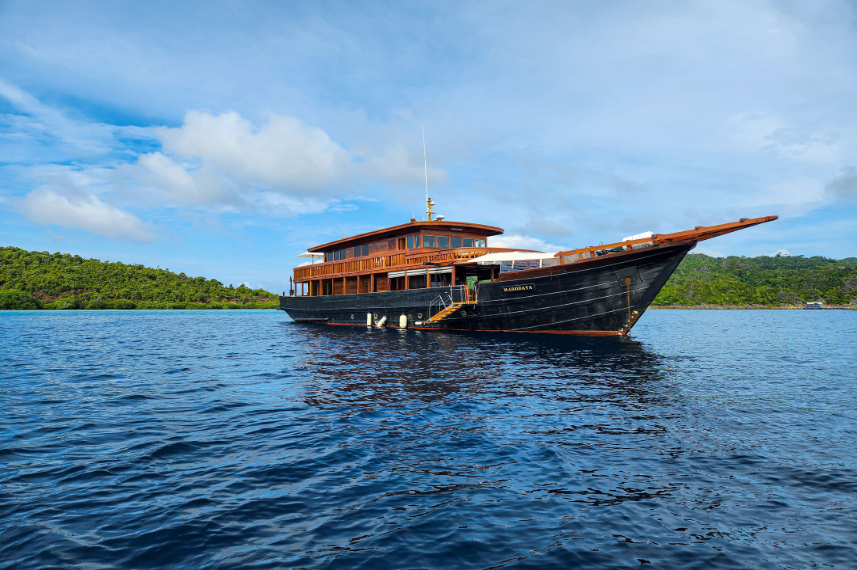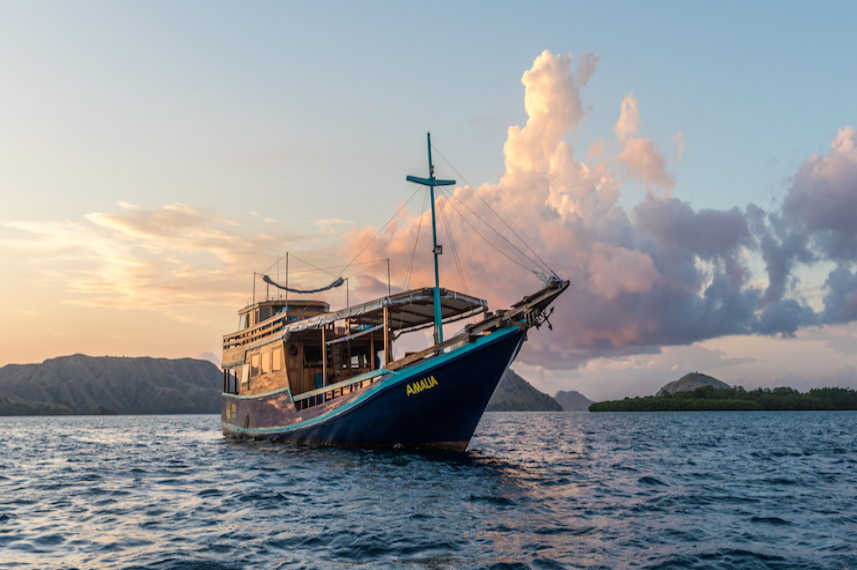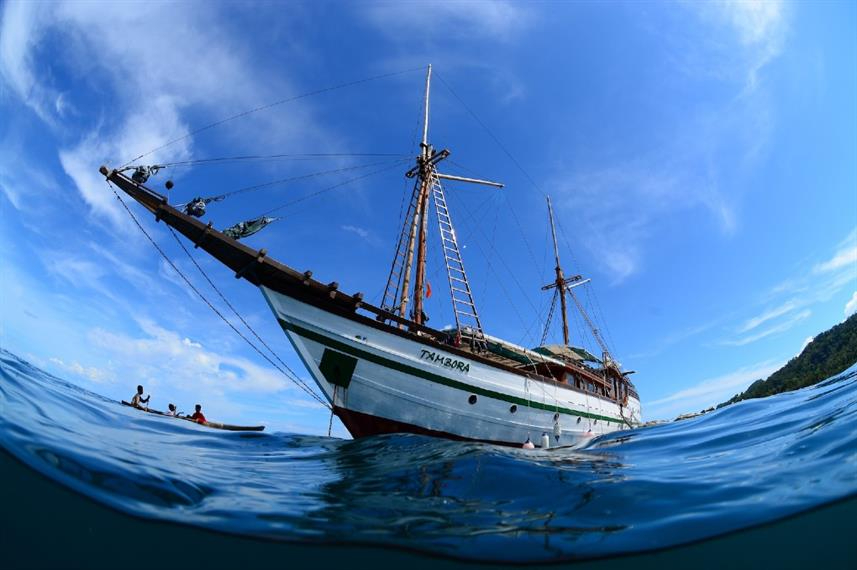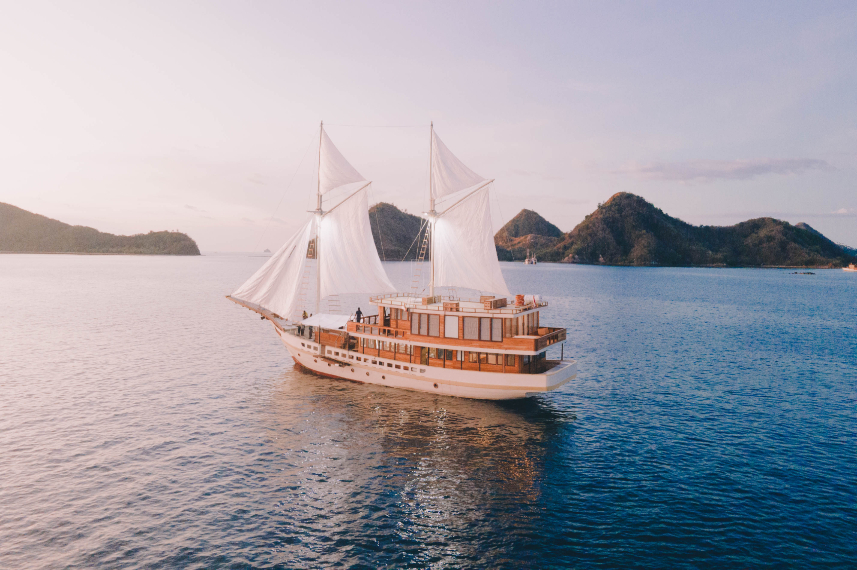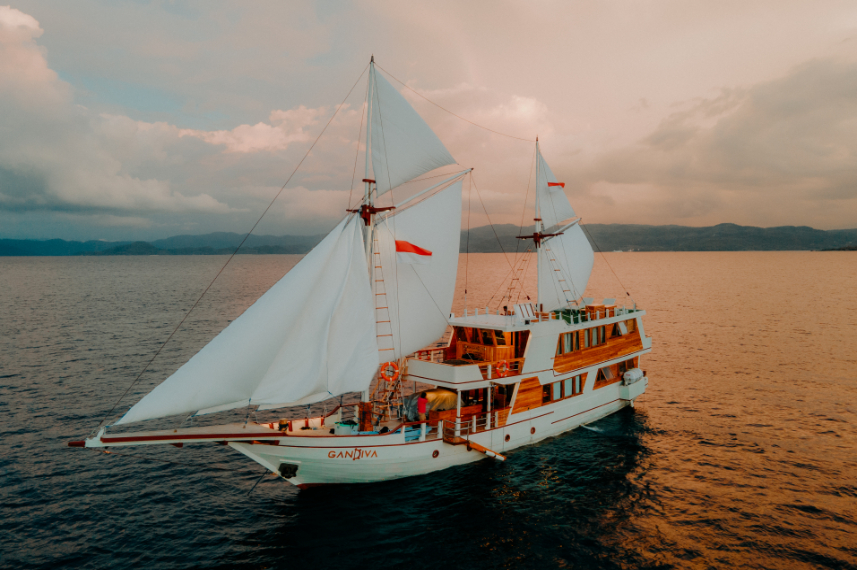Wetar
The name itself may not ring a bell for most people, but for avid divers, Wetar is an island that lies on the northeast of Dili, the capital of Timor-Leste. Wetar Strait is one of the deep water passages in Indonesia, alongside Ombai Strait, and the two are the links that connect the Indian Ocean with the Pacific Ocean.
This water is essential for marine conservation and has become the hot spot for cetaceans. This attraction, coupled with the beauty that Wetar has to offer, has made this island a perfect destination for those looking for another fantastic dive in eastern Indonesia.
Top highlights of Wetar
- Do not miss the chance to dive around Gunung Api, the isolated stratovolcano, for some sea snake actions
- Many cetacean species are passing Ombi-Wetar Strait during the migratory period and definitely should not be skipped from the itinerary
- Explore the pristine underwater of Wetar, thanks to its remote location, and enjoy diving in one of the outlying islands in Indonesia
- Ombi-Wetar Strait is recognized as the Global Hope Spot as well as recorded as the world’s highest coral reef biodiversity
About Wetar
Politically, Wetar is part of the Maluku province and the largest island of the Maluku Southwest Islands (Barat Daya Islands). Damar, Liran, Wetar, Romang, and Kisar are included in the group of these small islands. Lies on the east side of Timor-Leste and Alor, Wetar is a tropical island with an area covering 3940 square kilometers and a population of less than 9000. Wetar is officially part of the 92 outlying islands of Indonesia based on the President’s decree.
Gunung Api Wetar is an isolated stratovolcano located north of the main island. This volcano rises approximately 5000 meters from the sea floor, though only 300 meters are visible above the water. This region is one of the most exciting diving destinations in Indonesia.
As part of the Wallacea, Wetar is known for its unusual fauna, including bird species. It is home to 162 species of birds, four of which are endemic (black-chested honeyeater, the Wetar figbird, the Wetar myzomela, and the Wetar scops owl). Some of the bird species are classified as endangered.
Diving in Wetar
Wetar boasts drop-off dive sites, amazing corals, and abundant fish life. After all, this region is not easily accessible, making marine life thrive, and the underwater paradise of Wetar is to die for.
Soft and hard corals like brain and staghorn corals in different colors adorn the walls around Wetar. Other fish species like snappers, fusiliers, butterflyfish, anthias, angelfish, triggerfish, parrotfish, barracudas, trevallies, and damselfish (especially Neoglyphidodon crossi, which can only be found in the eastern part of Indonesia) are in great numbers. Manta rays and various species of sharks (including reef and whale sharks) are commonly spotted in the waters around Wetar, especially in the southern part of the island.
But the biggest draw of Wetar is the cetaceans, as the Wetar Strait is described as the global hotspot for these mammals. Different species of whales and dolphins are known to pass this area, from blue, beaked, pilot, and melon-headed whales to bottlenose, spotted, and rough-toothed dolphins.
Discover your next adventure in
Wetar Strait: The Ocean Superhighway for Cetaceans
The Ombai-Wetar Straits have been known as the ocean superhighway for cetaceans. With a depth of beyond 3000 meters and acts as the ‘bridge’ between the Pacific and the Indian Ocean, known as the Indonesian Throughflow, it is no wonder this region is heaven for anyone whose dream is seeing the ocean mammals up close. Mission Blue, the international non-profit organization, even recognized the straits as Hope Spot, which means designated places critical to protecting the ocean by empowering and supporting local communities and governments.
Different species of cetaceans, from whales to dolphins, are reported to pass this strait. Toothed, killer, Byrde’s, sperm, beaked, pilot, and blue whales are among the whale species/subspecies often found in this area. Dolphin species like Risso’s, Fraser’s, spotted, roughed-toothed, bottlenose and spinner dolphins also make a grand appearance.
The migratory period of these cetaceans occurs from June to August, when they head toward Indonesian waters, while from October to December, these giant mammals migrate toward Australia. Plan your trip to Wetar accordingly to witness one of the most unforgettable experiences in your life.
Diving Environments in Wetar
The topography in Wetar primarily consists of drop-offs and walls with depths ranging from 5 meters on the shallower side to beyond 30 meters. The currents around Wetar vary from one dive site to another, depending on the weather and time of visit. Some dive sites experience strong currents, meaning only advanced and experienced divers are allowed to descend, while others are aimed at every level of divers.
The visibility in Wetar is excellent, especially during the dry season, and it often manages to exceed 30 meters. The visibility is also influenced by weather and currents. Moreover, the Liveaboard schedule is only on service during specific months in a year.
The water temperatures in Wetar are ranging from 26 to 30 degrees Celsius throughout the year. It only drops slightly during the rainy season, especially during the wettest months in Wetar, which occur from December to March.
Discover your next adventure in
How to get to Wetar
There is no airport on Wetar Island, though there is one on the neighboring island of Kisar called Bandar Udara John Becker Kisar. This small airport is only for small airplanes, and the schedule is not regular, and it only offers service from Ambon airport.
Ambon is the main entry to Wetar, be it by air or by sea. Direct flights are available from Jakarta (Garuda, Citilink, and Batik Air), while if you fly from Surabaya or Denpasar-Bali, there are stopovers in Surabaya and Makassar. Then, the flight to Kisar takes approximately 1 hour and 45 minutes.
Taking the ferry from Ambon to Wetar is also possible if you’re up for an adventure. The journey takes approximately 24 hours but only departs every two weeks.
Wetar is rarely marketed as a sole destination. Taking a Liveaboard service with Wetar as part of the itinerary is more convenient than making a special journey to this island. The Banda and Forgotten Islands route of Liveaboard are often passing Wetar. Another reason is the lack of anchorages and shelters, which makes it only accessible from Liveaboard.
Diving Seasons & Weather in Wetar
April to November is the best period to dive in Wetar since it coincides with the dry season. An important note about Wetar is the service of the Liveaboard is usually only available during specific periods of October-November and April-May. During these months, the sea surface is calm, while the wind and the rainfall are minimal.
The wet or rainy season starts in December and ends around March, with the wettest months occurring in December, February, and March. The temperatures during these months are ranging from 26-27 degrees Celsius.


